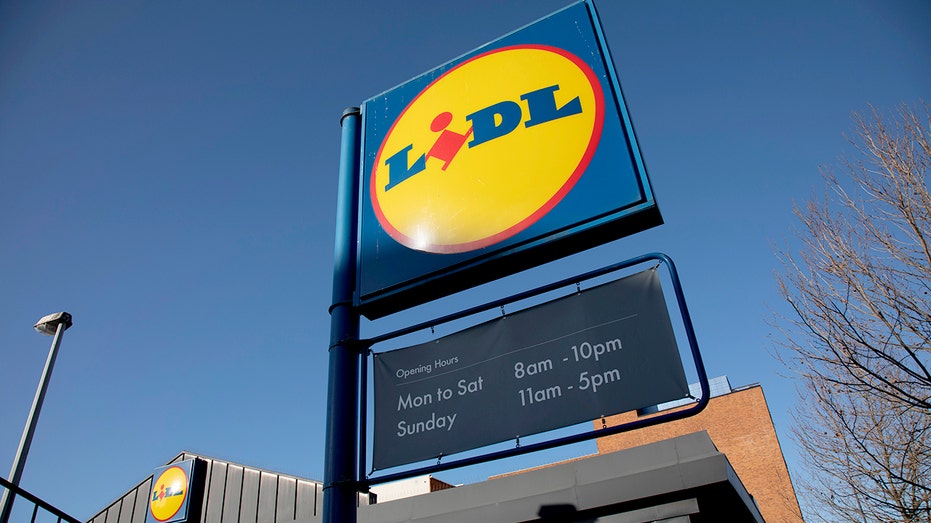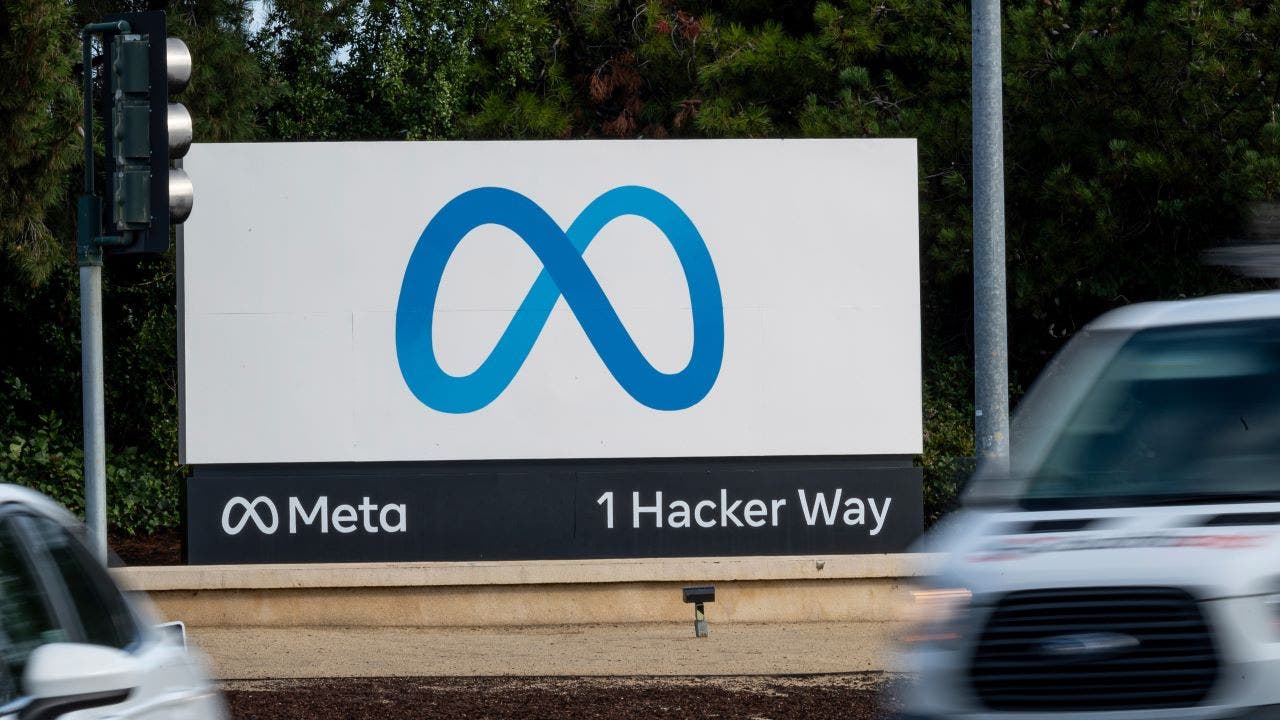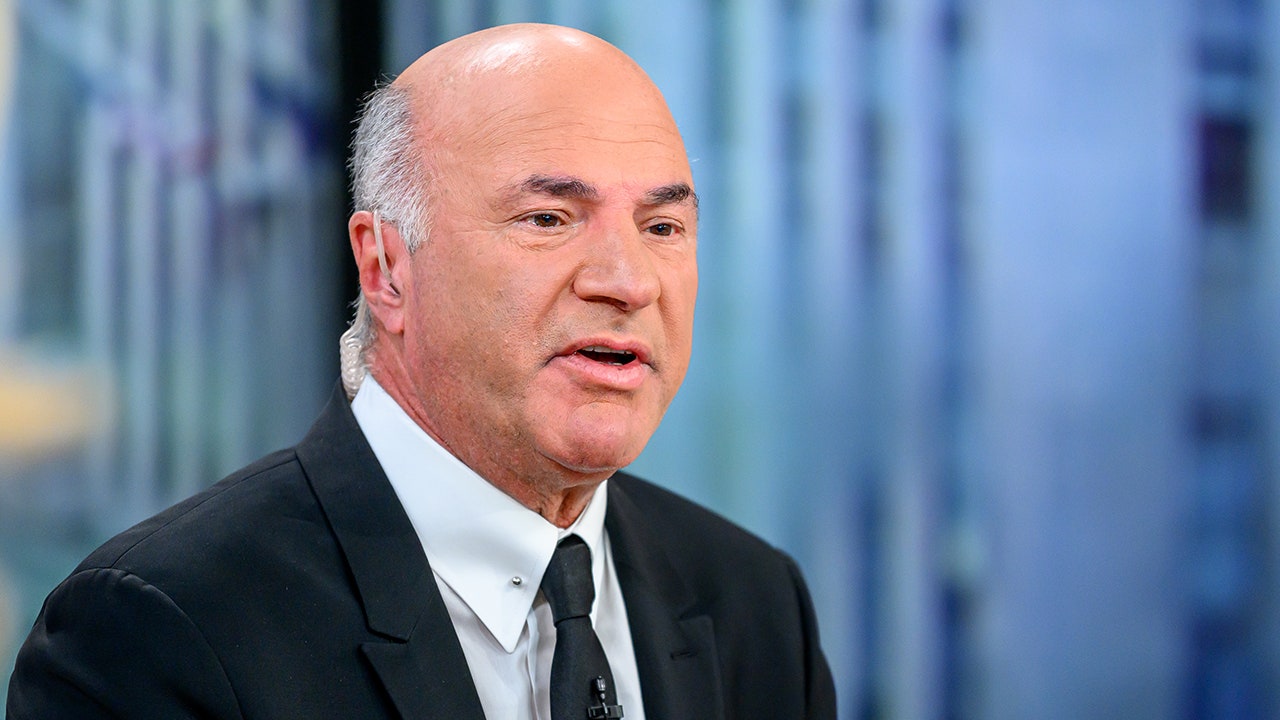Lidl is keeping consumer prices low by simplifying and streamlining operations, from intentionally offering a limited assortment to operating smaller-format locations, positioning itself as a dominant player in the discount supermarket sector.
The German-based retailer has built its name as a discount grocer, but continues to refine its lean cost structure, making improvements such as switching from paper to electronic shelf labels that save time and reduce costs. This comes as the company eyes a U.S. expansion, specifically opening up more stores in its three core markets: New York Metro, Washington DC area, and Atlanta.
“Our philosophy, everywhere Lidl operates, is to be the leader on price, best quality, best price. That’s our philosophy everywhere, including here in the U.S. But you cannot have the lowest price unless you have the low-cost structure,” Lidl US CEO Joel Rampoldt told FOX Business. “What we focus on is making everything we do as simple as possible, so we can do it as quickly as possible so we could be as efficient as possible.”
DISCOUNT GROCER PLANS NYC EXPANSION DESPITE MAMDANI’S GOVERNMENT-RUN STORE PROPOSAL
Its most recent change is shifting from paper price tags to electronic shelf labels, which Rampoldt said saves the company about 20 hours worth of labor out of the stores each week.
It’s one example of how the company is looking for ways to boost its efficiency. The company also focuses on having a smaller selection of products, which the chief executive said underpins everything the company does, from store efficiency, transporting goods through distribution centers or negotiating with suppliers.
“We are a curated assortment retailer, right? We don’t have thousands and thousands of products. We don’t have 10 or 15 choices for every need,” Rampoldt said.
In some cases, Lidl will only carry a private-label product. When national brands are offered, there is typically only one.

ALDI IS CUTTING PRICES ON HUNDREDS OF ITEMS FOR THE SUMMER
This is “fundamental for us in terms of maintaining our cost structure,” he added.
The smaller selection also allows them to operate smaller format stores, which are less expensive to build and operate. They are also easier for employees to navigate when restocking shelves. That efficiency lowers the risk of products expiring before sale, which means less waste, Rampoldt said.
Similar to its discount rival Aldi, the company also uses shelf-ready cases, which are boxes or containers that products are shipped in and can be placed directly onto store shelves without needing to be unpacked first.
“So when we are working in stores, and we’re replenishing the shelves, instead of stacking 12 cans one at a time, you put out a case of them 12 at a time, and it’s so much more efficient,” he said, noting that the move to do so is an “enormous gain in efficiency.”

These are key to grabbing market share, especially after inflation eroded household purchasing power over the past several years, forcing many consumers to become increasingly price-conscious.
Even though food prices are easing, grocery costs have risen more rapidly than general inflation in recent years, putting ongoing pressure on household budgets.Even food industry executives, such as Campbell’s CEO Mick Beekhuizen, warned that consumer sentiment continued to soften throughout the last quarter, with shoppers becoming even more deliberate about how they were spending money on food.
Food prices were elevated in July compared with a month ago, as the government’s food at home index decreased 0.1% and the food away from home index rose 0.3%. Over the last year, the overall food index is up 2.9%, with food at home up 2.2% and food away from home up 3.9%. However, from 2020 to 2024, the all-food consumer price index rose 23.6%, outpacing the entire index, which grew 21.2% over the same period.
Though food price growth slowed in 2023 and 2024 because wholesale food prices and these other inflationary factors eased across industries, some experts fear that President Donald Trump’s tariffs could increase food prices again.













